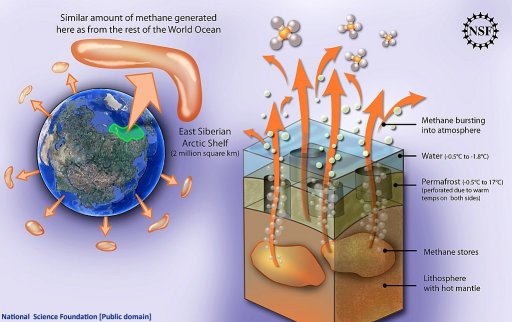Computer models: Feedbacks missing or not?
Computer models: Feedbacks missing or not?

Missing feedbacks
For a decade and more, I’ve been worried that the climate computer had missing feedbacks that made them underestimate the seriousness of climate change [See comments by John Mitchell and Peter Wadhams here]. Three of the missing feedbacks were increased forest fires, melting permafrost emissions, increased decomposition of wetlands.
Remaining carbon budgets
As I understand it, these feedbacks were not in the CMIP5 models used to inform the IPCC AR5 report, although the SR15 report included an estimate of how much remaining carbon budgets would be reduced by feedbacks from melting permafrost and decomposition of wetlands. These would reduce the per capita remaining carbon budget to 47 tonnes CO2e.
Budgets quickly exhausted
A remaining carbon budget of 47 tonnes of CO2e per capita means that, if everyone in the world caused such emissions the Earth’s surface temperature would rise by 1.5C above pre-industrial. (There are discussions as to what this means – but it is bad.) The annual emissions per capita in the world are 6.5 tonnes CO2e, exhausting 47 tonnes in less than eight years. In the UK, emissions are about 13 tonnes CO2e/yr, exhausting the ‘UK budget’ in less than four years. (See also “Zero carbon sooner“)
Another feedback: forest fires
Forest fires are another feedback absent from the CMIP5 models, which make the predictions of future temperature rises worse. I, and others, want to know how much worse the predictions will be if/when these feedbacks are properly incorporated in the next round of climate models, the CMIP6 models.
Have the CMIP6 models incorporated the feedbacks?
A twitter exchange with Lars, @Lars09679162 follows. I read his replies as meaning feedbacks are not as important as I feared.
Lars seems to have more knowledge on the state of computer climate models than I have. However, the question of feedbacks in climate models is too important to leave to this twitter exchange. I shall look for other views too.
Geoff Beacon, @GeoffBeacon
Don’t quite follow the ECS/feedback question above. If there is a concentration pathway and feedbacks kick in, does that mean anthropogenic emissions must be curtailed to keep to the pathway?
Do the CMIP6 models have important feedbacks missing?
https://www.brusselsblog.co.uk/carbon-footprints-wildfires/
Lars, @Lars09679162
They do in cmip6, permafrost and fires. They are on it 🙂
Geoff Beacon, @GeoffBeacon
How much effect is that having?
Lars, @Lars09679162
Not much on average it looks like, some models run a bit higher
Geoff Beacon, @GeoffBeacon
·Are the methane clatherates – particularly under the ESAS – a missing feedback?
What’s the latest from Shakhova et al?
Lars, @Lars09679162
Pass from me 🙂
Geoff Beacon, @GeoffBeacon
Then is this worrying?
“Russian scientists find ‘most powerful’ ever methane seep in Arctic Ocean”, https://www.telegraph.co.uk/news/2019/10/08/russian-scientists-find-powerful-ever-methane-seep-arctic-ocean/
Lars, @Lars09679162
Probably not.
A possible summary of Lars’ comments:
- CMIP6 models cope with these feedbacks.
- CMIP6 results are a bit worse than the CMIP5 models.
- Don’t worry too much about methane emissions from the East Siberian Arctic Sea
Even if these are reasonably judgements, the remaining carbon budget for a 1.5C rise global mean surface temperature is tiny: 47 tonnes CO2e per person. That’s less than a decade of current emissions.
But Peter Wadhams worries about methane seeps
A tweet on climate modelling. Follow its thread.
A later tweet on climate modelling. Follow its thread.
comment
TrackBack URL :

Thanks for covering this. It’s an area I have found confusing too. Lots of people with little expertise asserting things about the models from ‘they are completely wrong – there is no warming’ to ‘they miss out various important feedbacks that will in fact kill us all’. The truth almost certainly being somewhere in between.
But working out whether there are really signifcant missing aspects, or just fine tuning, still to do is hard for a layperson.
People who actually understand what is/isn’t modelled, and how, seem thin on the ground. I also don;t understand why there are so many variants of each model. Is this one program with different parameters for change over time, different programs (in what way?), or just many varying runs of the same thing?